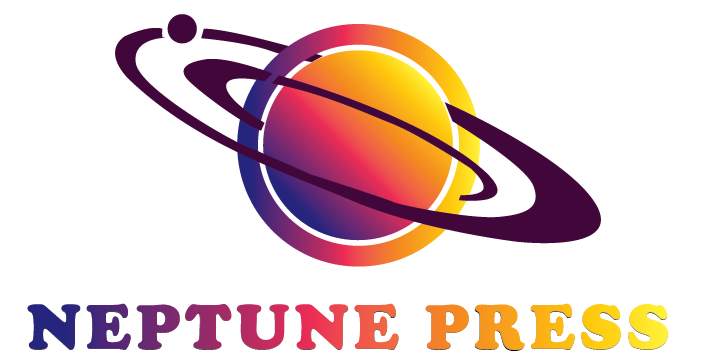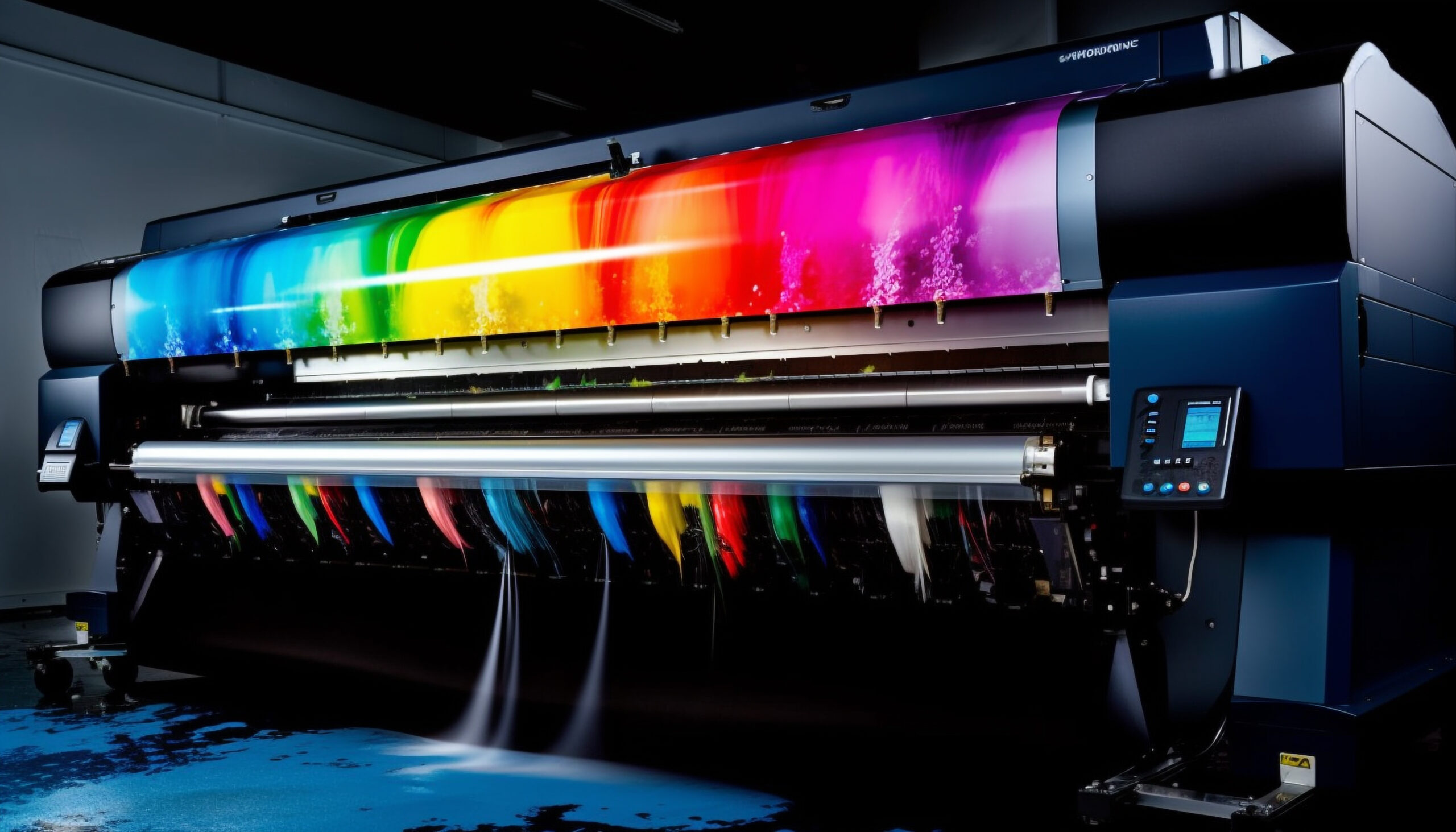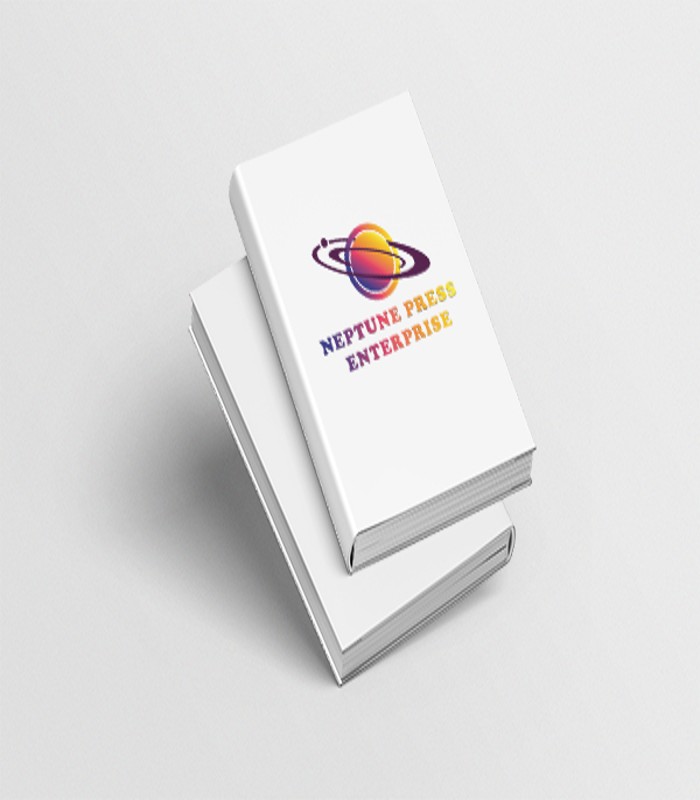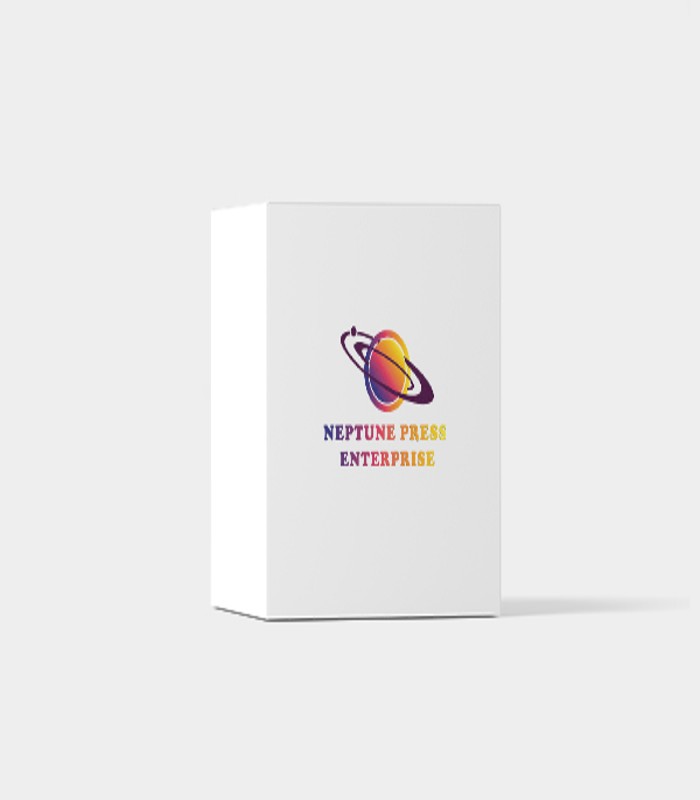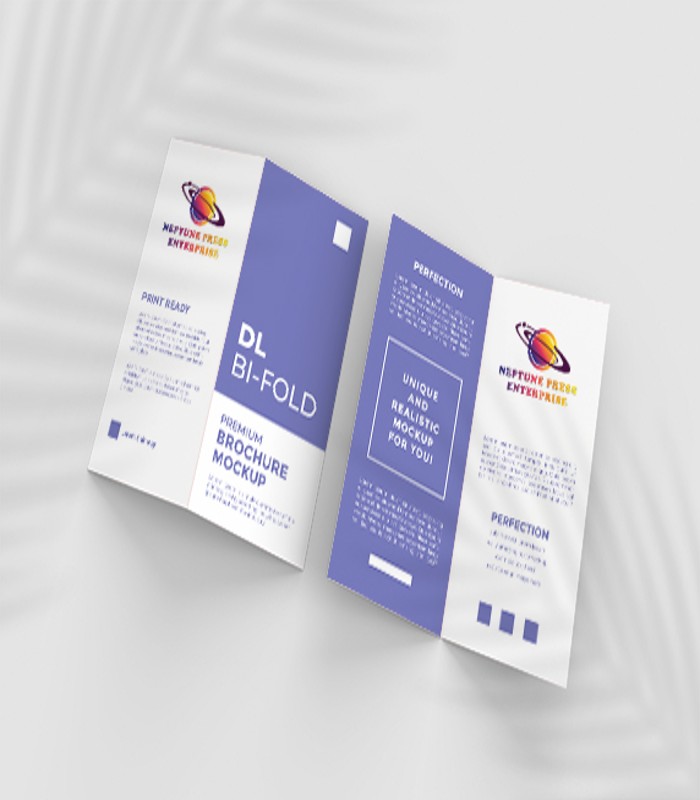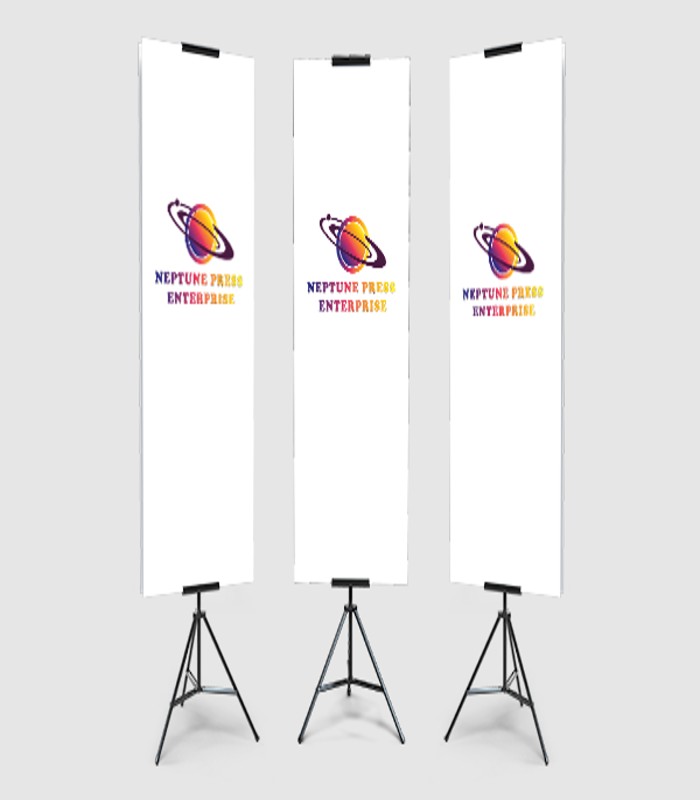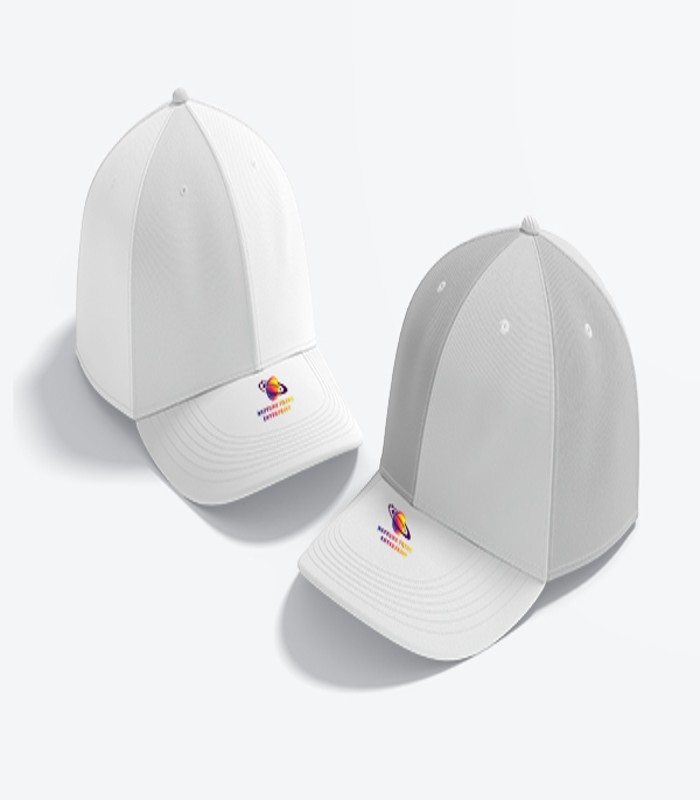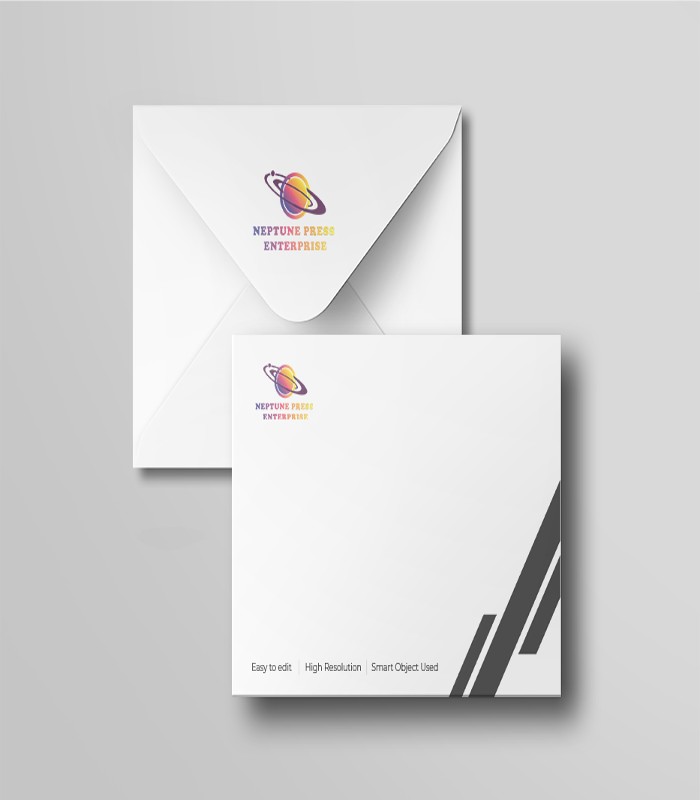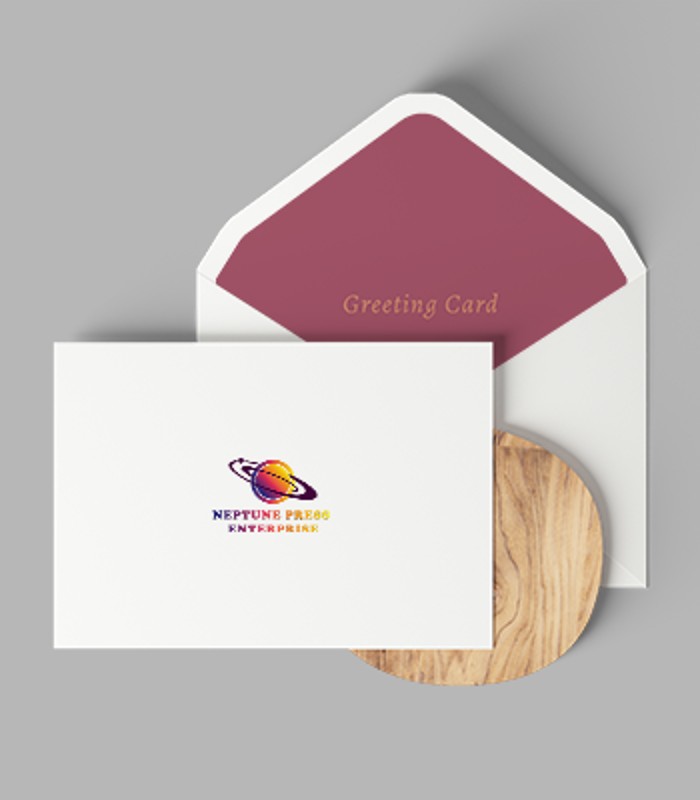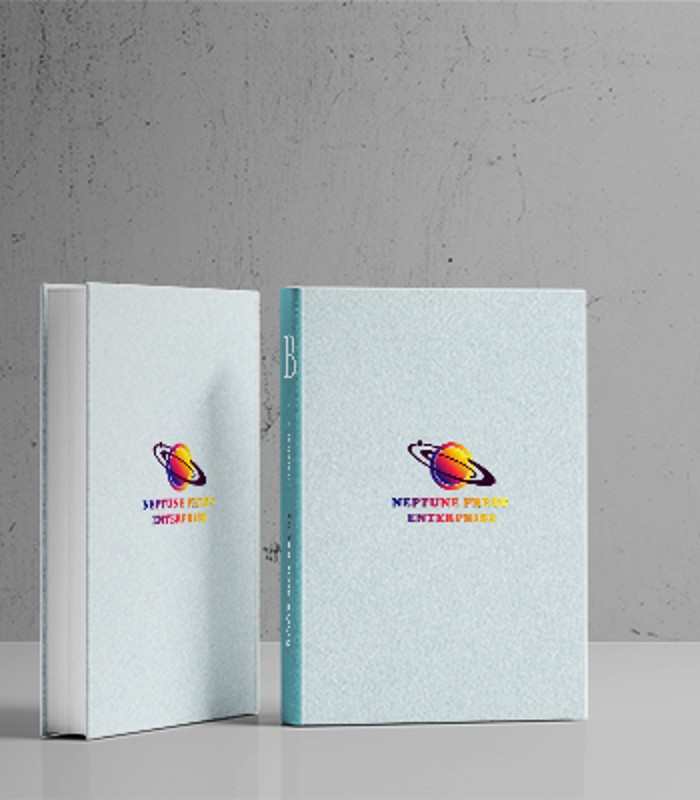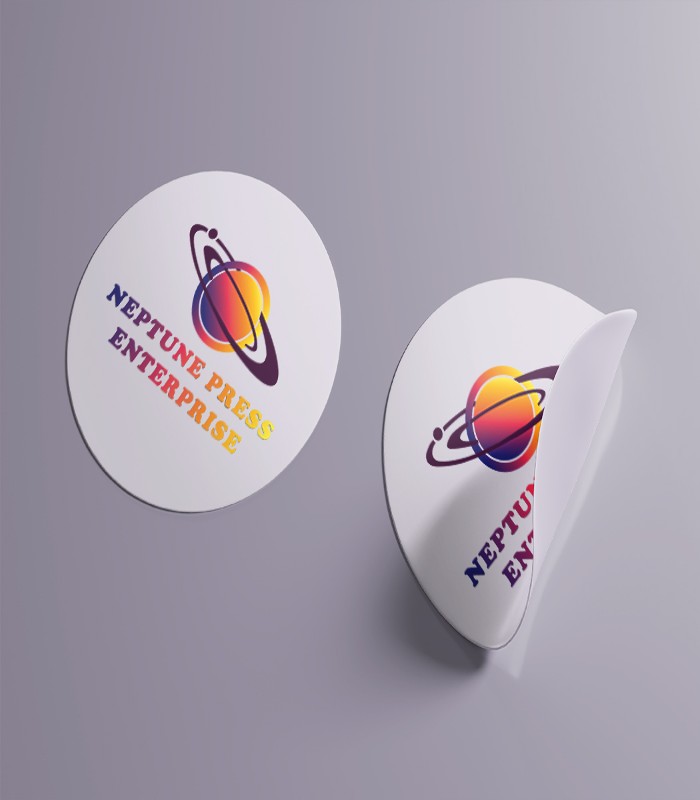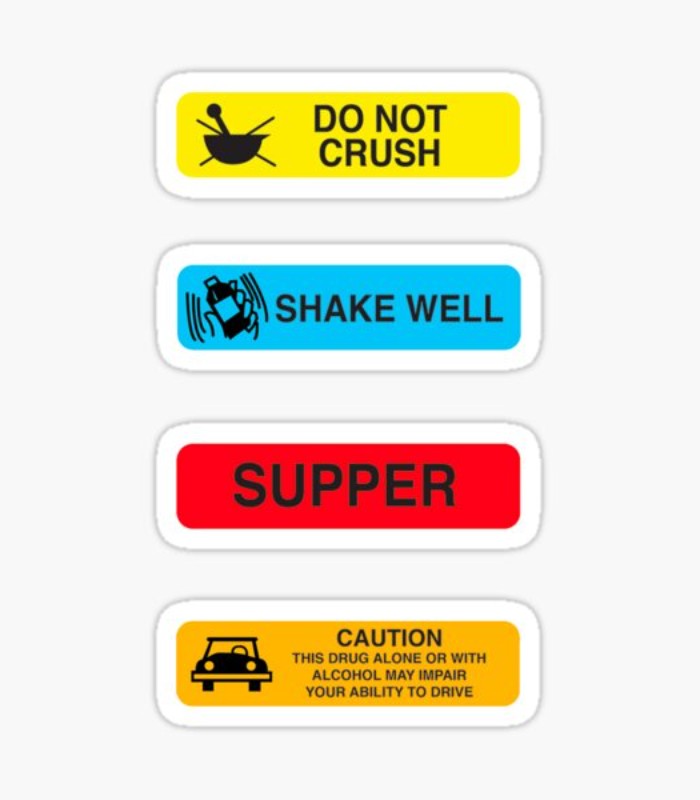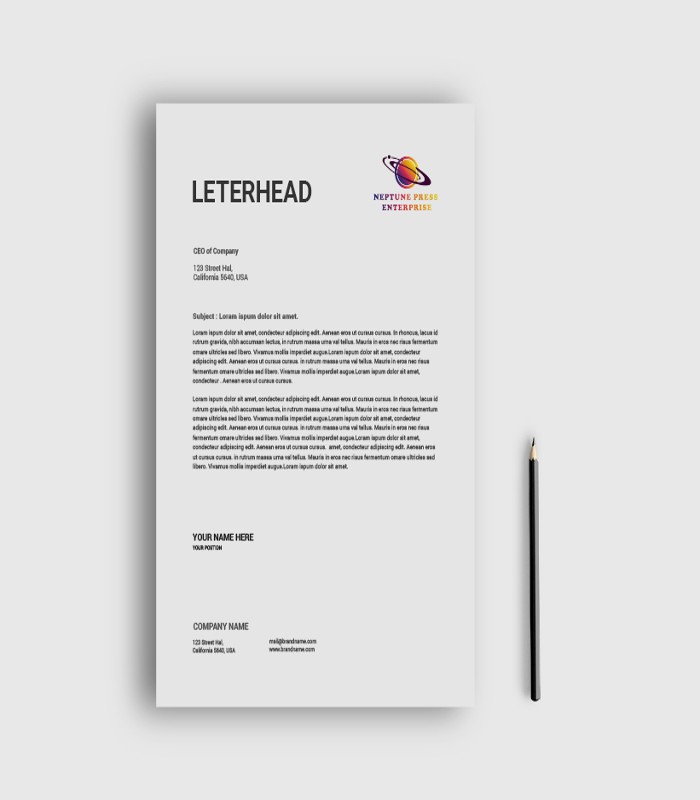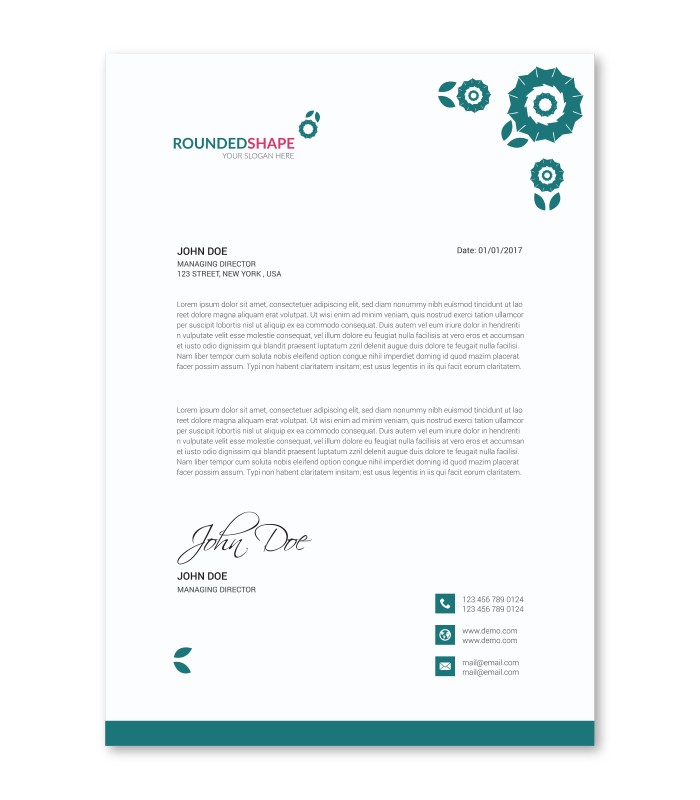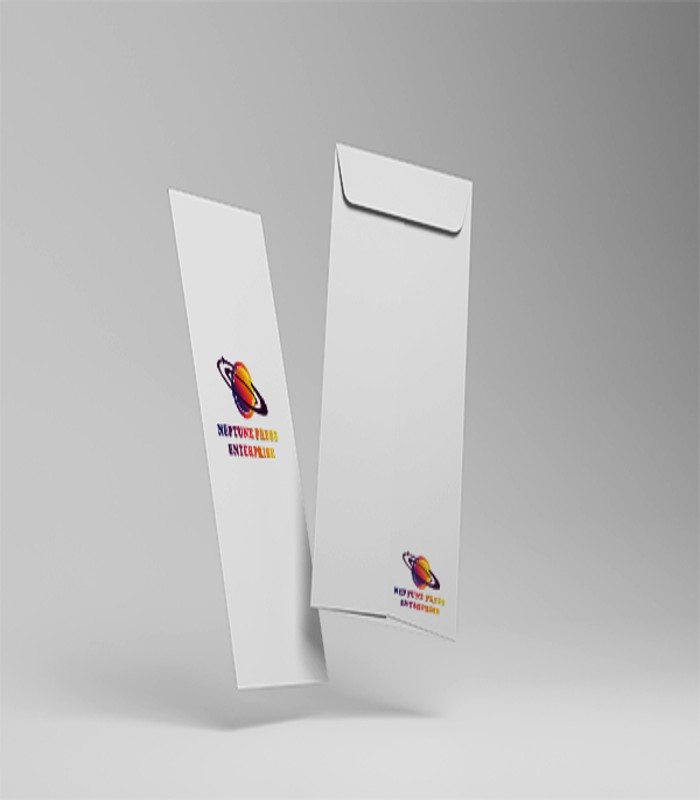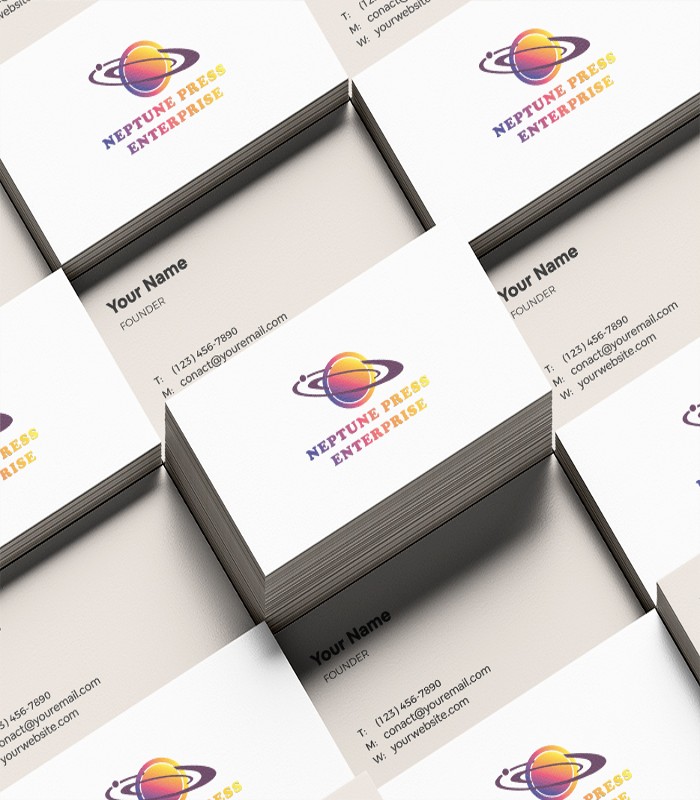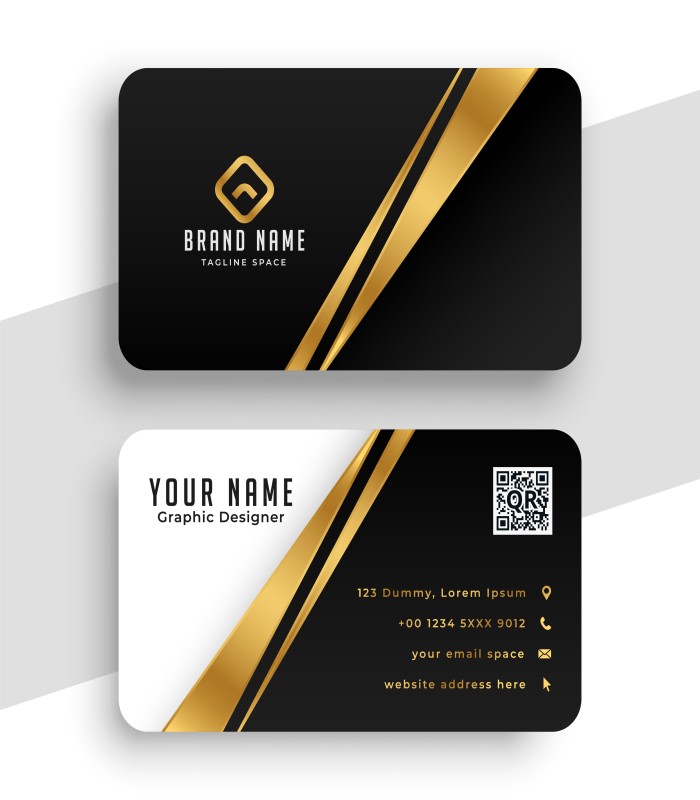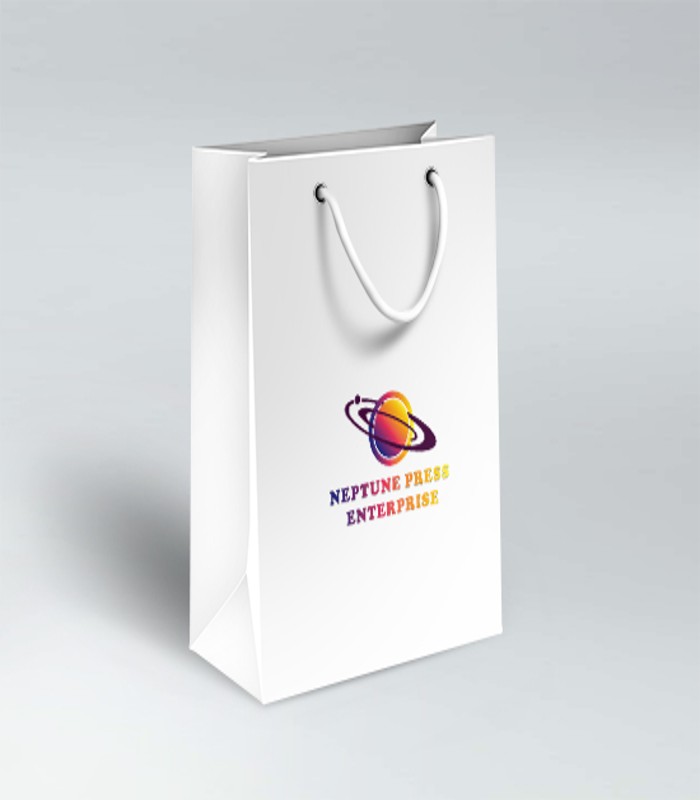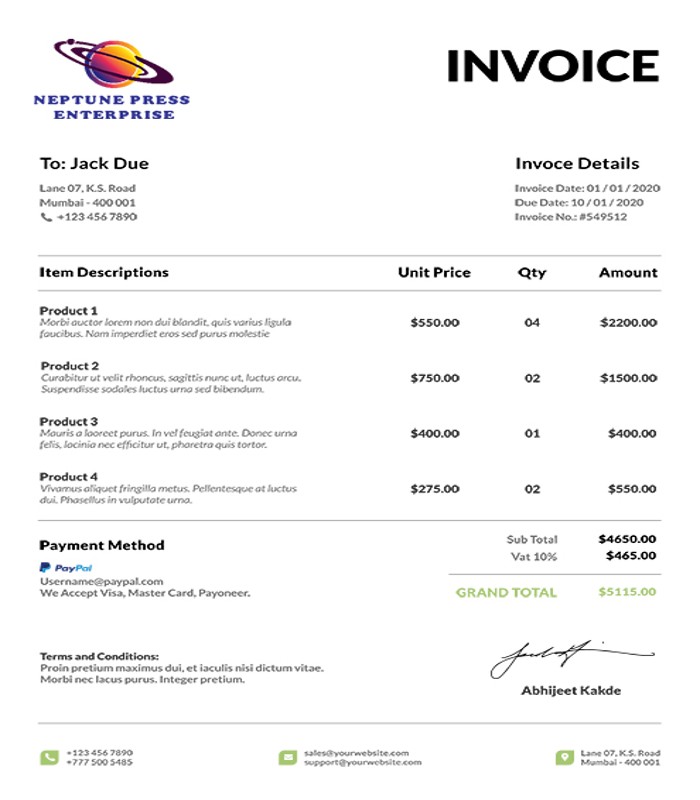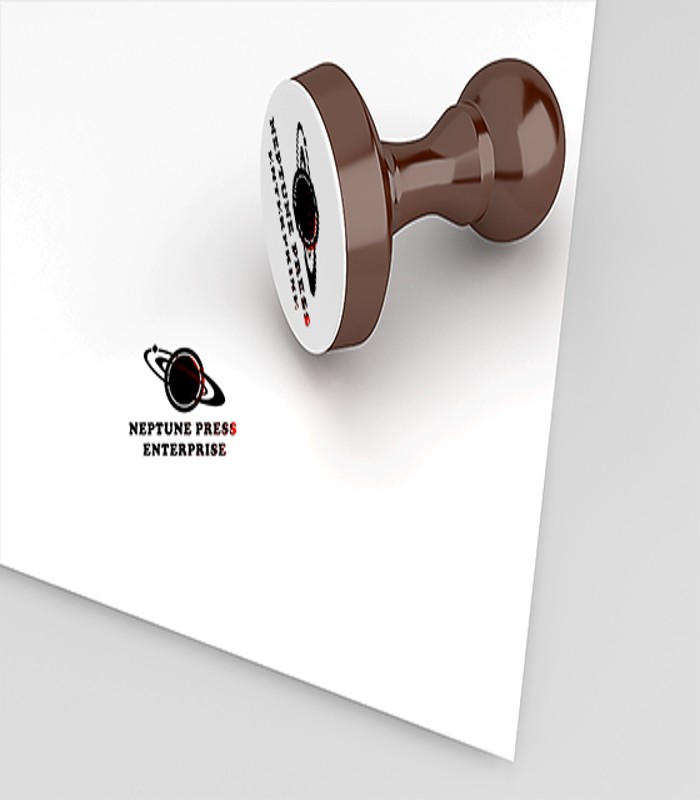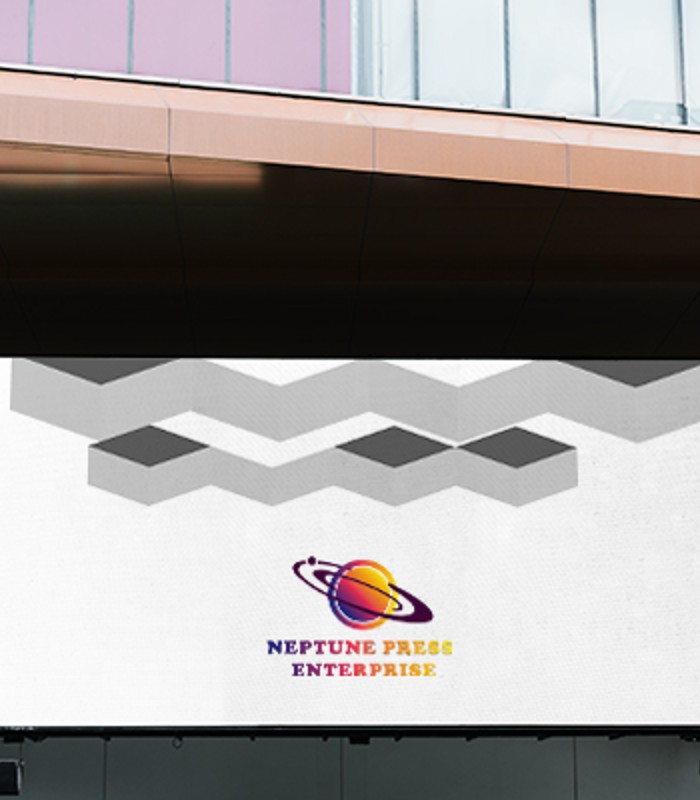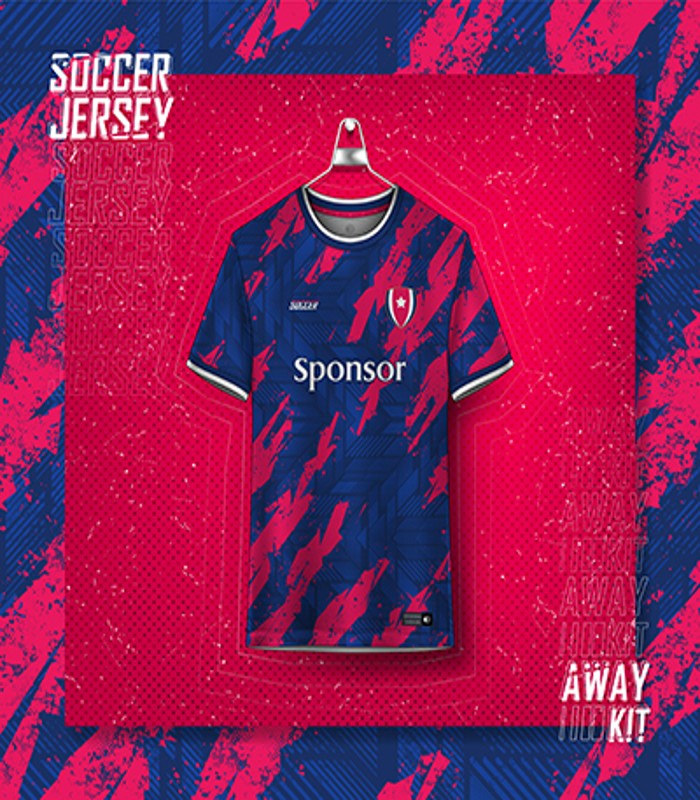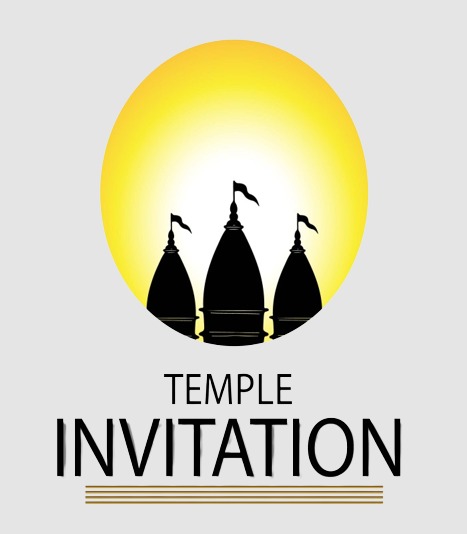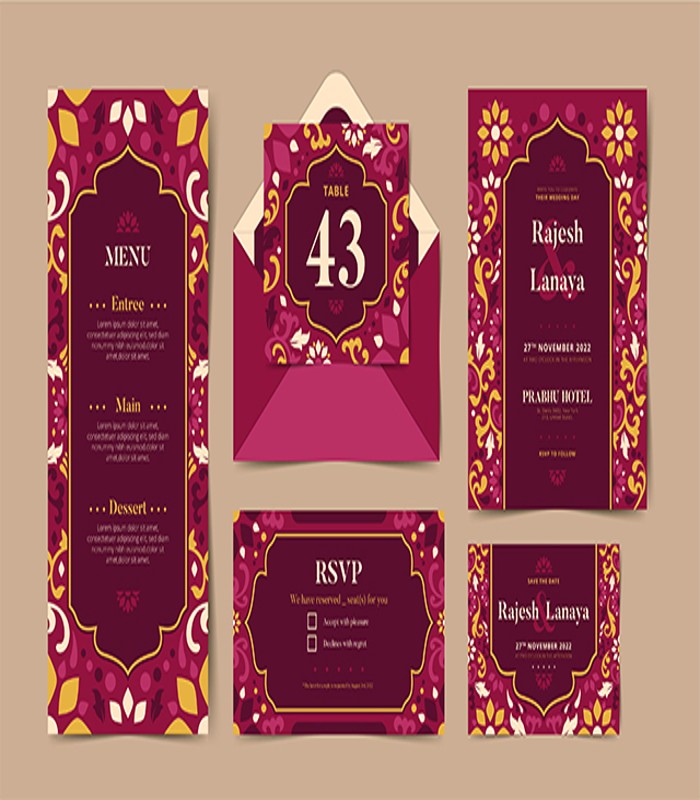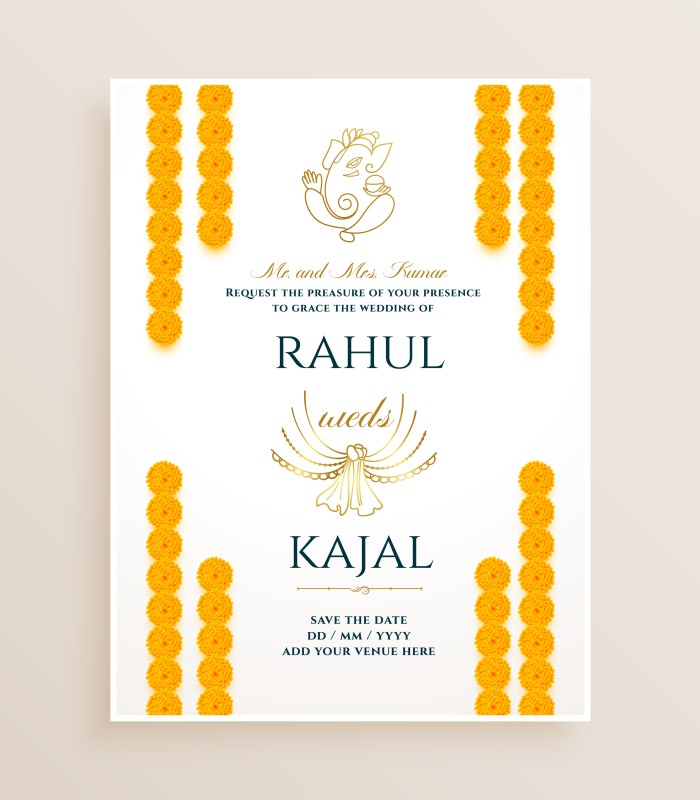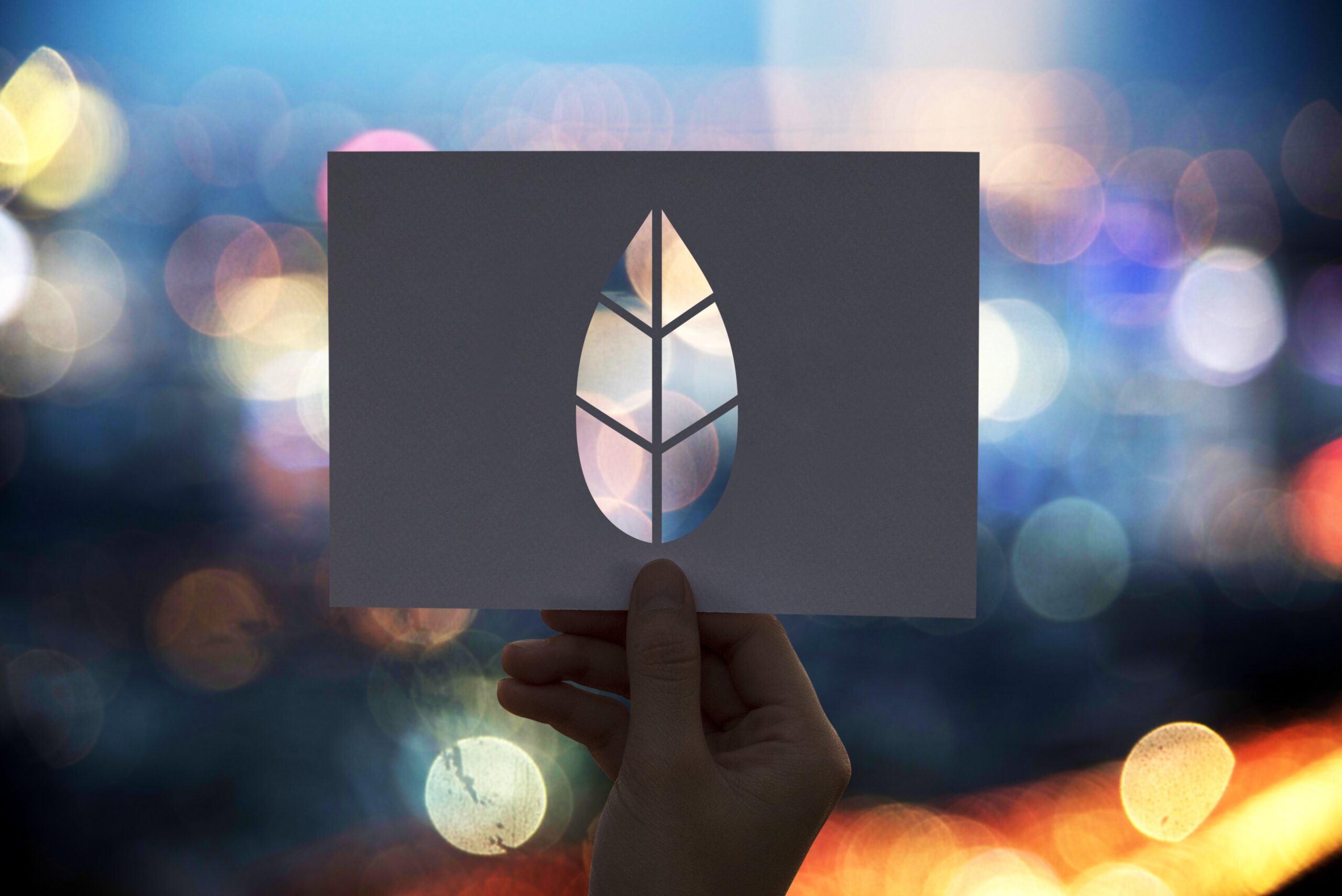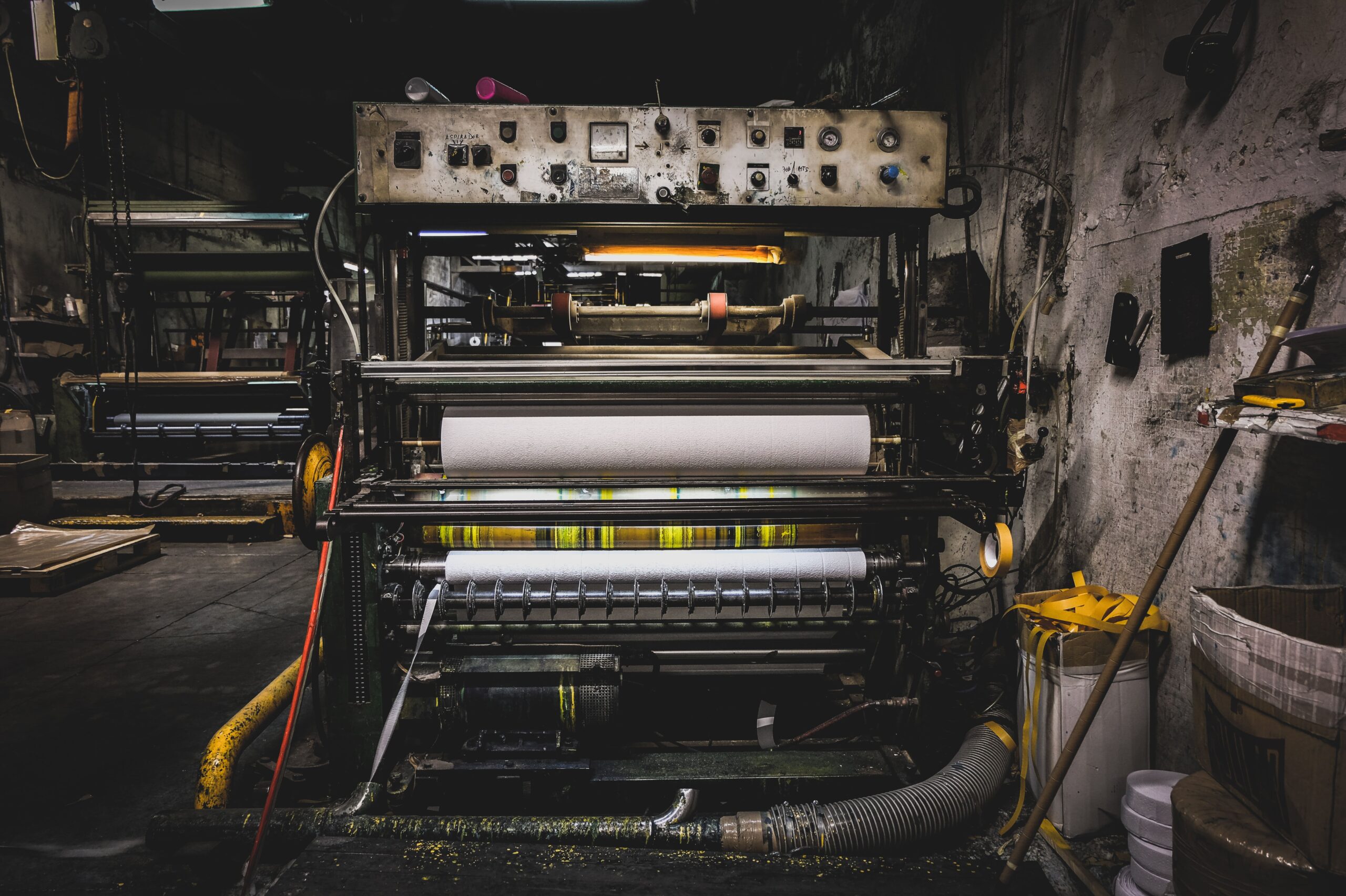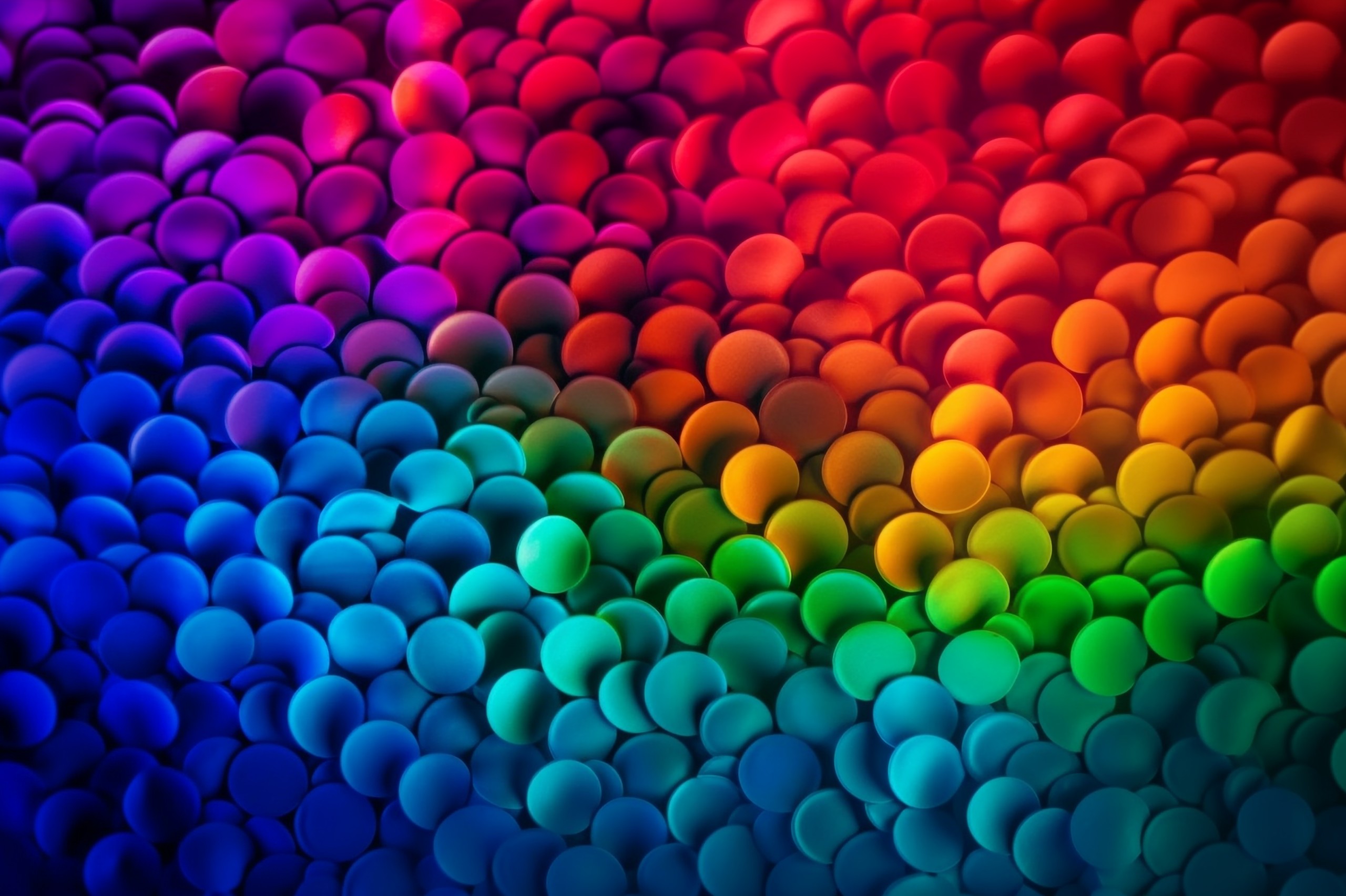
Fulfil Your Graphics Needs With Neptune Press!
Neptune’s services include the printing and designing of quality marketing materials such as brochures, flyers, name cards, presentation folders, greeting cards, catalogues, business cards, posters, sticker labels, buntings, banners, corporate gifts and many more.
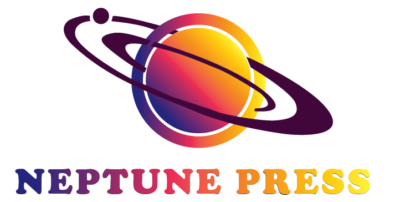
OUR PRODUCTS
WHAT OUR CLIENT SAY'S ?
OUR ARTICLE'S
Sustainable Printing
-
By
Editor
Sustainable Printing: How Our Company is Reducing Its Carbon Footprint in Malaysia
Have you ever thought about the impact of traditional printing practices on our environment? What if we told you that sustainable printing, also known as eco-friendly printing or green printing, holds the key to addressing these concerns?
By embracing environmentally conscious practices, businesses can significantly reduce their carbon footprint and contribute to a greener future. In this article, let us showcase how Neptune Press – a pioneering sustainable printing company in Malaysia, is dedicated to transforming the printing industry with its eco-friendly solutions.
Discover the importance of sustainable printing in mitigating environmental harm and learn how Neptune’s innovative approach is setting new standards for sustainability in the printing sector.
What are the environmental impacts of printing?
Traditional printing practices have long been known to contribute to environmental degradation. Let’s examine some of the key areas where these practices take a toll on our planet:
Deforestation: The paper used in printing is predominantly sourced from trees, leading to deforestation and habitat loss. According to the World Wildlife Fund (WWF), around 18.7 million acres of forests are lost annually, equating to 27 football fields every minute.
Water pollution: The production of paper and ink generates waste that pollutes water bodies, affecting aquatic life and water quality. A study estimates that paper production is the third-largest industrial polluter of air, water, and soil in the United States, releasing over 100 million kilograms of toxic pollution each year.
Greenhouse gas emissions: Energy-intensive printing processes, along with the transportation and disposal of print materials, contribute to the emission of greenhouse gases. The pulp and paper industry is the fifth largest consumer of energy worldwide, accounting for 4% of all energy used by the industry sector.
Hazardous materials: Conventional inks contain heavy metals and volatile organic compounds (VOCs) that pose risks to human health and the environment. These inks release pollutants during production, printing, and disposal, exacerbating air and water pollution.

Our Sustainable Printing Practices
Neptune has adopted a comprehensive approach to minimize its environmental impact by implementing the following practices:
Eco-friendly inks: By using vegetable-based inks and water-based adhesives, we minimize the release of harmful chemicals into the environment. Vegetable-based inks are made from renewable resources like soybeans, linseed, and corn, and have a significantly lower VOC content than petroleum-based inks.
Recycled paper: Neptune utilizes recycled and Forest Stewardship Council (FSC) certified paper, ensuring responsible sourcing and reducing deforestation. Recycled paper production generates 73% less air pollution than virgin paper production. Furthermore, FSC certification guarantees that paper products come from responsibly managed forests that provide environmental, social, and economic benefits.
Energy-efficient printers: Our state-of-the-art printers consume minimal energy, thereby reducing greenhouse gas emissions. The energy consumption of our printers is up to 30% less than that of conventional printers, thanks to advanced technologies such as automatic standby and sleep modes.
Waste reduction: We implement efficient printing techniques that reduce waste and utilize environmentally-friendly disposal methods. By incorporating waste-reducing practices like duplex printing, print-on-demand, and digital proofing, we significantly minimize paper usage and waste generation.
Digital proofing: Neptune offers digital proofing options, reducing paper consumption and transportation-related emissions. This practice eliminates the need for physical proof, saving time, resources, and energy.
Benefits of Implementing Sustainable Printing Practices
Incorporating sustainable printing practices offers multiple advantages:
Reduced environmental impact: By adopting eco-friendly printing solutions, businesses can significantly reduce their carbon footprint and help mitigate the negative effects of printing on the environment.
Cost savings: Sustainable printing practices often lead to reduced material usage and energy consumption, translating to cost savings for businesses. For example, using recycled paper can be more cost-effective than virgin paper, and energy-efficient printers lower electricity bills.
Improved brand reputation: Companies that demonstrate environmental responsibility are likely to enjoy better brand perception and customer loyalty. A recent study found that 66% of global consumers are willing to pay more for sustainable goods.
Compliance with regulations: Sustainable printing practices align with the Malaysian government’s environmental regulations, ensuring that businesses remain compliant with relevant laws. By adhering to these standards, companies can avoid penalties and potential damage to their reputation.
Enhanced innovation and competitiveness: Embracing sustainable practices can foster innovation and help companies stay ahead of the curve. By investing in eco-friendly technologies and strategies, businesses can differentiate themselves from competitors and create a unique selling proposition.
Embracing Sustainable Printing: A Call to Action
As consumers and businesses become increasingly aware of the environmental impacts of their choices, there is a growing demand for eco-friendly products and services. Sustainable printing is no exception. By adopting sustainable printing practices, businesses can play a pivotal role in conserving natural resources, reducing pollution, and promoting a cleaner, greener future.
Now more than ever, it’s essential for companies to evaluate their printing processes and make a conscious effort to incorporate environmentally friendly practices. Neptune Press is proud to be a leader in sustainable printing in Malaysia, and we invite you to join us in our mission to protect our planet for generations to come.
So, how can you get started on your journey towards sustainable printing? Here are a few simple steps you can take:
Assess your current printing practices: Analyze your existing printing processes and identify areas for improvement. Evaluate the types of paper, inks, and printers used, as well as your waste management strategies.
Research sustainable alternatives: Explore eco-friendly options such as recycled paper, vegetable-based inks, and energy-efficient printers. Familiarize yourself with certifications like FSC, which indicate responsible sourcing and sustainable practices.
Educate employees and stakeholders: Ensure that your staff and stakeholders are informed about the benefits of sustainable printing and how they can contribute to the company’s efforts.
Monitor and measure progress: Track the environmental impact of your sustainable printing practices and make adjustments as needed. Regularly review your progress and strive for continuous improvement.
By taking these steps, you can make a positive impact on the environment and position your business as a responsible, forward-thinking organization. Sustainable printing is not only an ethical choice but also a smart business decision that can lead to cost savings and an enhanced brand image. Let Neptune be your trusted partner in your journey towards a more sustainable future.
Join us in embracing a greener future and choose Neptune Press for a more sustainable printing experience.
Innovative Print Techniques For Marketing Materials
-
By
Editor
5 Innovative Print Techniques That Make Your Marketing Materials Stand Out
In today’s highly competitive market, it’s more crucial than ever for businesses to distinguish themselves from the crowd. With countless brands competing for attention, how can you ensure your marketing materials make a lasting impression? The answer lies in unique print techniques.
By incorporating innovative methods and eye-catching designs, you can elevate your marketing materials, capture the interest of your target audience, and create a memorable brand identity that sets you apart from the competition.
In this article, you will find out five ground-breaking print techniques that can help you create stunning marketing materials and distinguish your brand from the competition in Malaysia.
1) Embossing
Embossing creates a raised, three-dimensional effect on paper, bringing an added depth and tactile appeal to your marketing materials. By using a custom-made dye and applying pressure to the paper, embossing forms a raised design that instantly catches the eye.
Embossing can be used to enhance a wide range of marketing materials, from logos and typography to intricate patterns and illustrations. By adding this sophisticated technique to your collateral, you can transform ordinary materials into extraordinary designs that resonate with your audience and reinforce your brand’s commitment to quality.
The embossing process begins with the creation of a dye, which is a metal plate engraved with the desired design. The paper is then placed between the dye and a counter, which is a flexible material that provides support and pressure. As the dye presses into the paper, the counter ensures that the embossed design is crisp and well-defined. The result is a visually striking, tactile effect that instantly catches the eye.
2) Letterpress
Letterpress printing is a classic technique that involves pressing inked, raised type or images onto paper, creating an indented impression. This process adds a unique, handcrafted quality to your marketing materials, setting them apart from digitally printed alternatives.
The letterpress technique dates back to the 15th century when Johannes Gutenberg invented the printing press. Over the years, it has evolved, but the essence of the technique remains the same. To create a letterpress print, a custom plate is made with the desired design in relief. The plate is inked and pressed onto the paper, transferring the ink and leaving a debossed impression. This process can be repeated using different plates and colors to create complex, multi-layered designs.
A study found that 56% of consumers are more likely to trust a brand if it uses traditional printing techniques like letterpress. By choosing letterpress for your marketing materials, you can achieve an artisanal, vintage-inspired aesthetic that appeals to customers who value tradition and craftsmanship. In addition, the tactile nature of letterpress printing encourages recipients to interact with your materials on a deeper level, creating a memorable and lasting impression.
3) Foil Stamping
Foil stamping is a versatile print technique that adds a metallic finish to your marketing materials by applying heat and pressure to a metallic foil. This eye-catching effect not only enhances the visual appeal of your collateral but also conveys a sense of luxury and sophistication.
The foil stamping process involves placing a thin sheet of metallic foil between a heated dye and the paper. The dye is engraved with the desired design, and when pressure is applied, the foil adheres to the paper, creating a shimmering, metallic effect. Foil stamping can be used with a variety of foil colors and finishes, including gold, silver, copper, and holographic, allowing you to tailor the technique to your brand’s unique aesthetic.
4) Dye Cutting
Dye cutting is another print technique that allows you to create custom-shaped marketing materials by cutting paper or other substrates with a sharp-edged dye. This technique can be used to produce a wide variety of shapes, from simple geometric forms to intricate, bespoke designs.
Dye cutting adds visual interest to your marketing materials, encouraging recipients to engage with them on a deeper level. Use dye cutting to create eye-catching business cards, invitations, packaging, and promotional materials that leave a lasting impact.
5) Spot UV Coating
Spot UV coating is a print technique that adds a high-gloss finish to specific areas of your marketing materials, creating a visually captivating contrast between the coated and uncoated areas. By selectively applying a UV-cured varnish to the paper, spot UV coating enhances the vibrancy of colours and adds depth to your design.
This technique is ideal for highlighting logos, typography, or other design elements, drawing attention to the most important aspects of your marketing materials. Incorporate spot UV coating into your business cards, brochures, packaging, and more for a polished, professional appearance.

Selecting the Right Print Technique: A Strategic Approach
When choosing the right print techniques for your marketing materials, it is essential to consider your brand’s identity, target audience, and overall marketing strategy. Each technique offers unique benefits, so carefully evaluate which ones align best with your brand’s objectives and desired aesthetic.
For instance, if your brand values craftsmanship and tradition, letterpress printing may be the perfect choice to convey that message. On the other hand, if you want to showcase your brand’s innovative, modern side, incorporating spot UV coating or foil stamping could be a more fitting choice.
By strategically selecting the right print techniques, you can create marketing materials that not only captivate your audience but also effectively communicate your brand’s personality and values.
Partnering with the Right Print Provider :
At Neptune Press, we pride ourselves on being a leader in the Malaysian print industry, offering our clients the highest quality, innovative print techniques to elevate their marketing materials. Our team of experienced professionals is dedicated to helping you make the most of these cutting-edge methods, ensuring your brand stands out from the competition.
With Neptune, you can expect expert guidance, state-of-the-art equipment, and unparalleled customer service. We take the time to understand your unique needs and objectives, ensuring that the print techniques we recommend align perfectly with your brand’s identity and goals. Our comprehensive range of services includes embossing, letterpress, foil stamping, dye cutting, and spot UV coating, allowing you to create truly customised, unforgettable marketing materials.
Reach out to our team today and discover the Neptune difference.
Final Thoughts
Investing in innovative print techniques can give your marketing materials the edge they need to stand out in the crowded Malaysian market. By incorporating embossing, letterpress, foil stamping, dye cutting, and spot UV coating into your collateral, you can create captivating, tactile designs that distinguish your brand from the competition.
So why not explore these cutting-edge print techniques and unlock the potential of your marketing materials to leave a lasting impression on your target audience?
Color Psychology in Print Marketing
-
By
Editor
Color Psychology in Print Marketing: How to Choose Colors that Connect with Your Target Audience
Colour psychology is the study of how colours affect human behaviour, emotions, and perceptions. In the world of print marketing, understanding colour psychology can play a crucial role in influencing the decisions of your target audience. Selecting the right colours for your marketing materials can help you effectively communicate your brand’s message and connect with your customers.
This article will guide you through the process of choosing the right colors for your print marketing materials and provide tips for effective color combinations.
How to Select Colors
Before you begin designing your marketing materials, it’s essential to understand the meanings and emotions associated with different colours. In Malaysia, various cultures and beliefs may affect colour preferences, making it crucial to consider your target audience.
Here are some common colours and their meanings:
- Red: Passion, energy, and excitement
- Blue: Trust, stability, and calmness
- Yellow: Optimism, happiness, and warmth
- Green: Growth, nature, and harmony
- Orange: Creativity, enthusiasm, and success
- Purple: Luxury, spirituality, and mystery
- Black: Power, sophistication, and elegance
- White: Purity, cleanliness, and simplicity
Colours can evoke certain emotions and perceptions, which can have a direct impact on your audience’s response to your marketing materials. For instance, red can create a sense of urgency, making it suitable for sales promotions, while blue can establish trust and reliability, making it an excellent choice for businesses in the financial or medical sectors.
Applying Color Psychology in Print Marketing
When it comes to applying color psychology in your print marketing materials, such as brochures, flyers, and business cards, consider the following tips:
Identify your target audience: Determine the demographics, cultural background, and preferences of your target audience in order to select the most appropriate colors.
Reflect your brand’s identity: Choose colors that represent your brand’s personality, values, and goals. This will help create a strong brand image and establish a connection with your audience.
Use colors to guide attention: Utilize contrasting colors or accents to direct your audience’s focus to essential elements of your marketing materials, such as your call-to-action or your company logo.
Examples of Successful Color Psychology in Print Marketing
Apple: Apple, known for its sleek and minimalist design aesthetic, often utilizes white and silver colors in their print marketing materials. These colors convey a sense of simplicity, elegance, and sophistication, reflecting the company’s commitment to producing high-quality and innovative products. Apple’s choice of colours has helped establish a strong brand identity that sets them apart in the technology market.
Maybank: Maybank, one of the largest banks in Malaysia, has strategically used the color yellow in its print marketing materials. The color yellow, which is associated with optimism, happiness, and warmth, can evoke feelings of trust and financial security among customers.
By using this color consistently across its promotional materials, Maybank has established a strong brand identity and maintained its position as a leading financial institution in Malaysia.
Malaysian Airlines: As the national carrier of Malaysia, Malaysian Airlines has successfully utilized the color blue in its print marketing materials to create a sense of trust, stability, and calmness. Blue is often associated with the sky and the travel industry, and it communicates a sense of reliability and safety.
By incorporating this color into their marketing materials, Malaysian Airlines has been able to create a strong brand image that resonates with travelers worldwide.
Tips for Effective Color Combinations
Use complementary colors: Complementary colors are those that sit opposite each other on the color wheel, such as red and green or blue and orange. These color combinations can create a visually striking and harmonious design.
Opt for analogous colors: Analogous colors are those that sit next to each other on the color wheel, such as blue and green or red and orange. This combination can create a more subtle and cohesive design.
Consider color schemes with three colors: A triadic color scheme uses three colors that are evenly spaced around the color wheel, such as red, yellow, and blue. This combination can create a balanced and vibrant design.
Adjust color saturation and value: Experiment with different shades, tints, and tones of your chosen colors to create depth and variety in your design.
Test your color combinations: Preview your design in various formats and sizes to ensure it looks appealing and legible in all circumstances.
The Impact of Color on Print Material Formats
Different print materials serve various purposes, and the choice of colors may need to be adapted accordingly. Here are some considerations for selecting colors based on the type of print material:
Business cards: Choose colors that reflect your brand identity and ensure the text is easy to read. Consider using a neutral background with contrasting text or accents to make your information stand out.
Brochures and flyers: Use colors that evoke the desired emotions and guide the reader’s attention to essential information. Consider using a combination of complementary and analogous colors to create an engaging and harmonious design.
Posters and banners: Select bold and contrasting colors to capture the viewer’s attention from a distance. Ensure that the text is easily readable, and the colors represent your brand’s personality and message effectively.
By incorporating these additional aspects of color psychology into your print marketing strategy, you can create materials that better resonate with your target audience and drive the success of your marketing campaigns.

Incorporating Color Psychology with Neptune’s Services
To harness the power of color psychology in your print marketing materials, consider partnering with Neptune Press. Our team of experienced designers and printing experts can help you create visually stunning and effective marketing materials that resonate with your target audience.
Neptune’s services include the printing and designing of quality marketing materials such as brochures, flyers, business cards, posters, and banners. We work closely with our clients to understand their brand’s identity, goals, and target audience, ensuring that the colours and design elements selected for each project are optimized for maximum impact.
Don’t miss out on the opportunity to create a lasting impression with your print marketing materials. Contact Neptune today to discuss your design and printing needs and let us help you unlock the full potential of color psychology in your marketing strategy.
